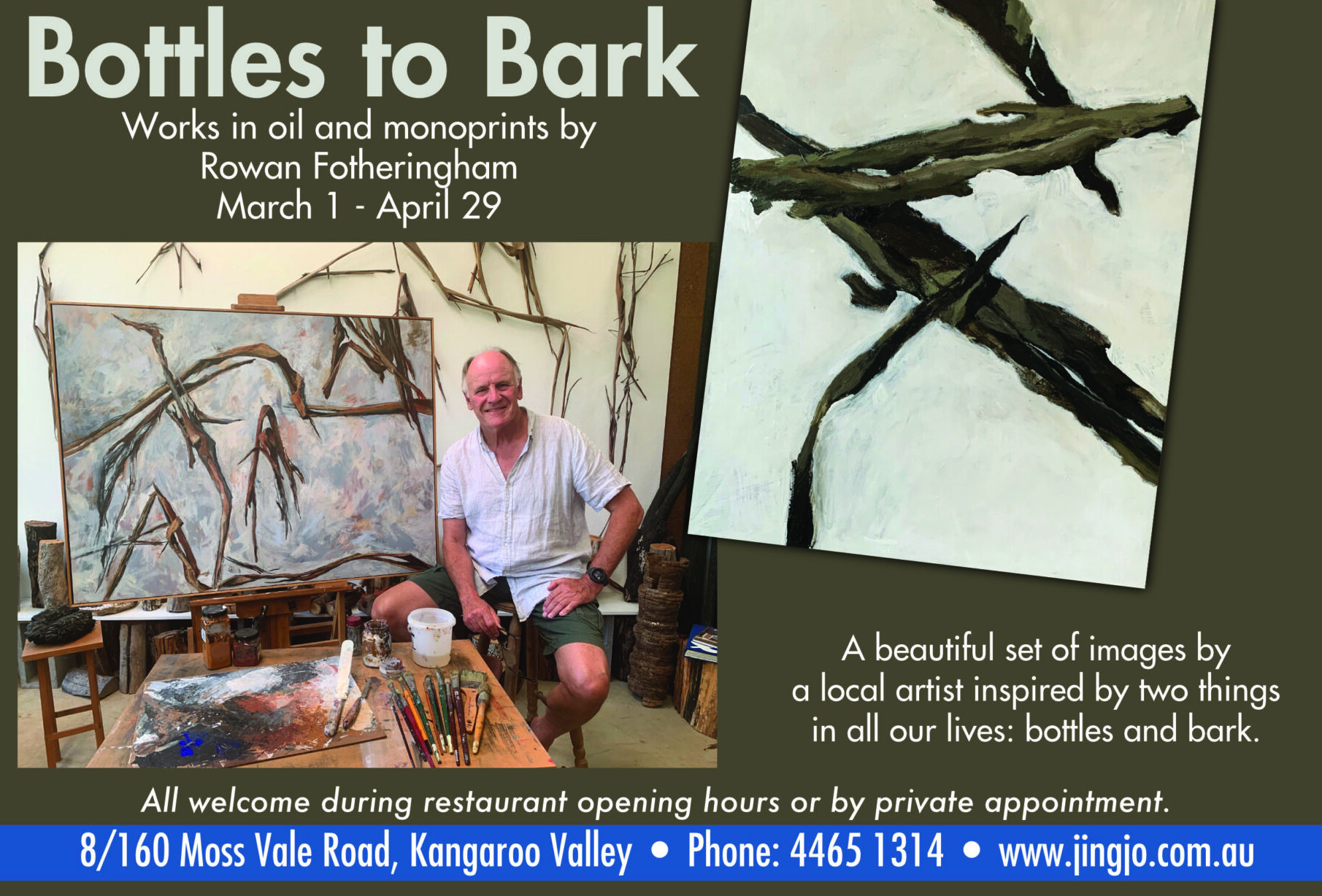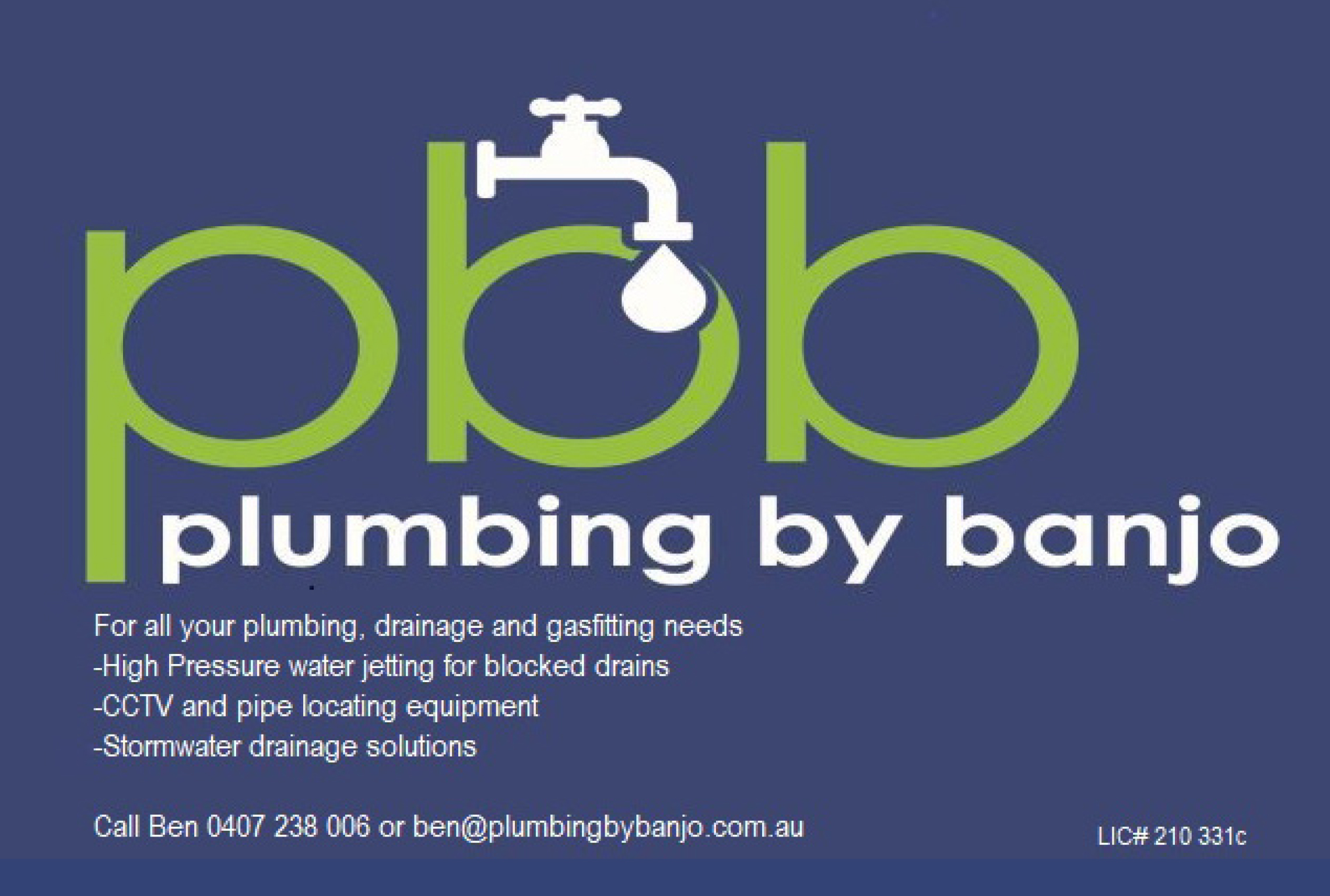It’s that time of the year to start thinking about it
Now it’s warming up, lots of celebrations happening, weddings, birthdays etc, and of course horse racing, Christmas parties and New Year Eve. So, I grabbed some information from back in a Voice article I wrote in 2018 to do a bit of an update and a reminder of just how good sparkling wine is. With all the push happening on gin, premix cocktails and craft beer, it’s about time we go back to the basics of just drinking amazing sparkling wines. Keep the faith people. The first cab of the rank is of course an Australian favourite.
Champagne – comes from a region in France in the north-east corner and is about an hour’s train ride from Paris, based around two major towns (Reims and Epernay). There are some predetermined rules that must be obeyed to be call Champagne. It must be:
- made from grapes from this region only,
- made from only six approved grape varieties, although predominately it’s Chardonnay, Pinot Noir and Pinot Meunier,
- aged on its lees (dead yeast cells) for a minimum of 15 months (non-vintage) or 3 years (vintage) and
- sealed by a cork.
There are more but they are the most important ones. Why you pay more for Champagne than most other sparkling wines comes down to a few reasons. Big companies like Moet Hennessey who own Moet, Chandon, Krug, Veuve Cliquot, Ruinard, etc. need to make a big profit and are market leaders. Smaller houses use the winemaking skills of the families’ traditional style and individual plots of vineyards to get their own unique flavours. It’s complicated, the fruit is expensive to produce, it requires lots of labour and needs another article to fully explain it better. One of the key messages to remember is that all Champagne starts out as a very dry sparkling (no sweetness) and before being sealed with a cork after the second fermentation in the bottle it is dosed up with a sugar solution to adjust the flavour profile. You can get a zero dosage up to a sweet style with 20 grams of sweetness; some tell you the sweetness level some don’t, but it’s good to remember what you like and go with it.
Prosecco – is the name of the grape itself and until the early 1990s the Italians knew it as such. It’s grown in the Veneto region around Venice. This wine style is now out-selling Champagne in some markets ,and with economic pressures on everyone’s pocket it’s seen as another version of sparkling that everyone can enjoy. For some the commercial and popular styles are too fruity, but there are some producers going for the crisp dry style that appeals to many. Even pushing the organic styles as well has increased the marketing hype.
Many other countries around the world, like Australia, New Zealand and USA, were also making Proseccos which were very good and being noticed for the flavour profile and quality. So, to try and capitalise on the market, the Italians changed the name of the grape to Glera and tried unsuccessfully to keep the name Prosecco for themselves. Their attempt to ban us from calling the wine Prosecco failed in the Australian courts. The saga continues! The wine itself is relatively simple, but it has its unique qualities that allow for easy drinking, more acceptable sweeter flavours than Champagne for novice drinkers, and certainly a lot cheaper due to the capacity of fruit the vine produces.
Sparkling – it’s a very wide spectrum here, and in Australia we are blessed with some amazing sparkling wine producers from Tasmania, Victoria and pockets of cooler vine growing regions like Hilltops, Tumbarumba, Orange and many more new regions popping up. Tasmania is now the leading region for sparkling, and wines like Arras, Apogee, Jansz, Croser are some recognised brands, but there is easily another dozen to try. A very Australian sparkling that is often overlooked is Sparkling Shiraz (used to be known as Sparkling Burgundy – but so inappropriate for many reasons), that is produced from Shiraz grapes, mainly from a deep intense wine base to be made into a sparkling wine. It was first made in the 19th century and continues now with various varietals used by diehard winemakers/drinkers today. In the 1960s/70s we had some called ‘Cold Duck’ around, that was the cheaper version, but the flag waver has always been Seppelt’s in Macedon Ranges Victoria and still a market leader today.
Here are some of the differences available for Sparkling wines:
- Bottle fermented – Spends time going through second fermentation in the bottle (where the bubbles come from) and the time in the bottle varies, but is not a predetermined time frame like Champagne. The time on lees can be as little as six months up to more than 10 years. Mostly Chardonnay and Pinot Noir fruit is used and it can have a very wide spectrum of quality and character: e.g. Arras, Chandon, Pirie. Generally, over $20.00 a bottle.
- Tank fermented – tTe wine quality or blend is made and determined by price and style, it’s then placed into large stainless steel tanks where second fermentation occurs (add sugar and yeast) and the bubbles are captured and then transferred into a bottle under pressure: e.g., Yellowglen, Seppelt’s. Generally around $10 to $20 per bottle.
- Carbonated – Made from a huge variety of grapes (generally bulk wine grapes) that can be surprisingly good but more likely pretty bad to consume. Generally, less than $10 but some have been selling for around $15 a bottle. Passion Pop is the worst of the batch, and nobody owns up to have tried it, but it still seems to sell; maybe it’s the younger demographic who are looking for an effect rather than flavour.
There are of course some new regions around the world producing some excellent sparkling wines and have been doing so longer than you would have thought. One is the UK, down in the southern region of the island around Surrey, with a very similar climate to Champagne, France. Other regions in Italy like Asti and Alba where Spumante is made. New Zealand has always been a fantastic region for some excellent sparkling around the southern end of Marlborough, through Wanaka and around Queenstown. The USA in California (in the hills behind the Napa Valley) has also got a lot of French Champagne houses producing sparkling wines and, unlike most other countries around the world, USA still calls its sparkling wine Champagne; they need to sort that out, like many other current issues.
Some quick cocktails made from sparkling wine:
Champagne Cocktail – Sparkling wine, Angostura Bitters soaked sugar cube and brandy.
Kir Royale – Sparkling wine and some Crème de Cassis.
Black Velvet – Guinness and sparkling wine.
Prost.
Michael Quirk




